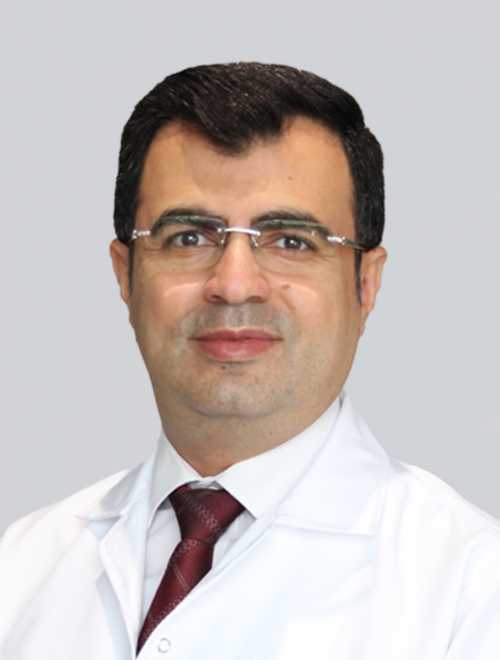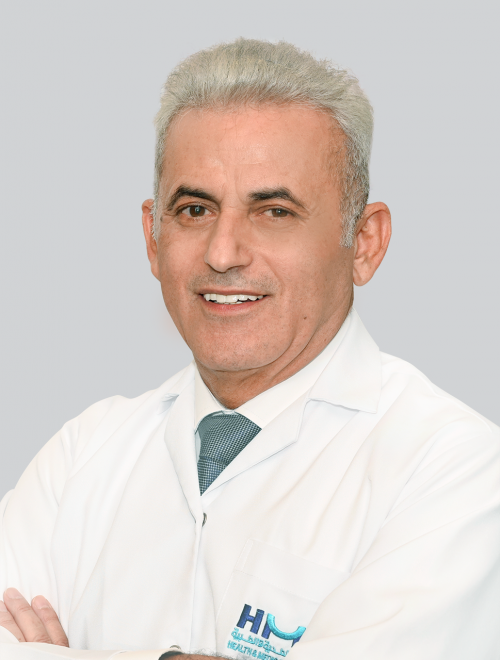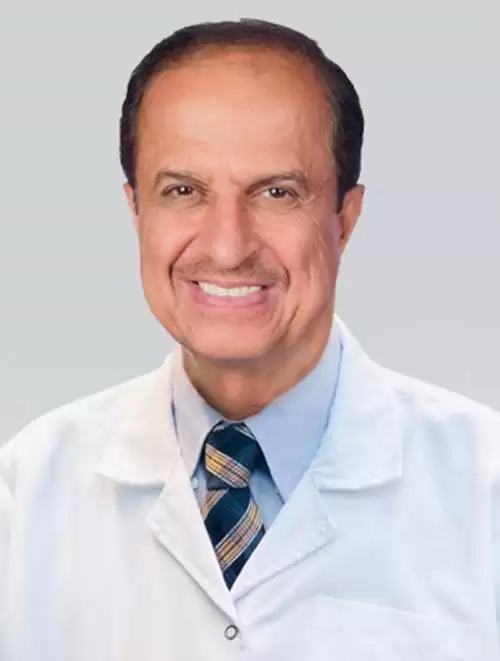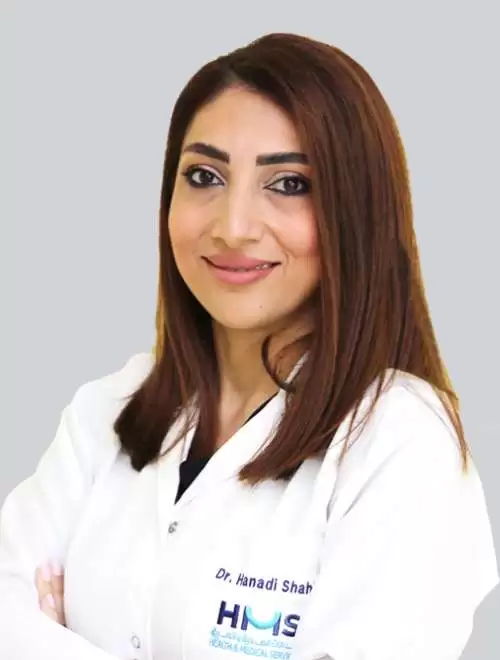Best ENT Doctors in Dubai




What are Voice Disorders?
Voice disorders affect your ability to speak normally, potentially altering the quality, pitch, or loudness of your voice. Such disorders can hinder your ability to communicate and express yourself, significantly impacting your quality of life.
How Does Your Voice Work?
Your voice is produced as air moves from your lungs, through your windpipe (trachea), and into your voice box (larynx). The vocal cords, located on either side of the larynx, vibrate as air passes through them, creating sound. This process is akin to whistling, where forcing air through your lips causes them to vibrate and produce a high-pitched sound.
Categories of Voice Disorders
Types of Voice Disorders
Who Gets Voice Disorders?
Prevalence of Voice Disorders
Between 3% and 9% of the U.S. population experience a voice disorder at some point, though less than 1% seek treatment. Teachers are particularly at risk, with studies showing about 57% of nearly a thousand teachers having a voice disorder.
Symptoms and Causes
Causes:
The most common cause of voice disorders is overuse of the voice, such as through yelling, singing, or excessive talking. They can also result from acute illnesses like colds, allergies, or sinus infections. More complex disorders may arise from structural, muscular, or nerve issues in the voice box or vocal cords.
Symptoms:
Diagnosis and Tests
Your primary healthcare provider may diagnose a voice disorder or refer you to a specialist, such as a speech-language pathologist or laryngologist. They will perform a physical exam, evaluate your symptoms and medical history, and may ask about the impact on your daily life.
Your provider will closely examine your face, head, neck, and throat during speaking or breathing exercises. You should report any discomfort or difficulty. Specialists might perform detailed voice assessments, including tests for tone, pitch, and volume. Imaging tests like a laryngoscopy can examine the voice box and vocal cords, and may include a biopsy to check for diseases.
Management and Treatment
Some voice disorders, like hoarseness, may improve with rest. More complex disorders might require voice therapy, where speech-language pathologists teach techniques and exercises to help regulate and improve your voice.
Prevention
Outlook / Prognosis
Voice disorders due to overuse or acute illnesses are typically temporary and do not cause permanent damage. Most individuals with more complex voice disorders can manage and overcome challenges with appropriate treatments.



